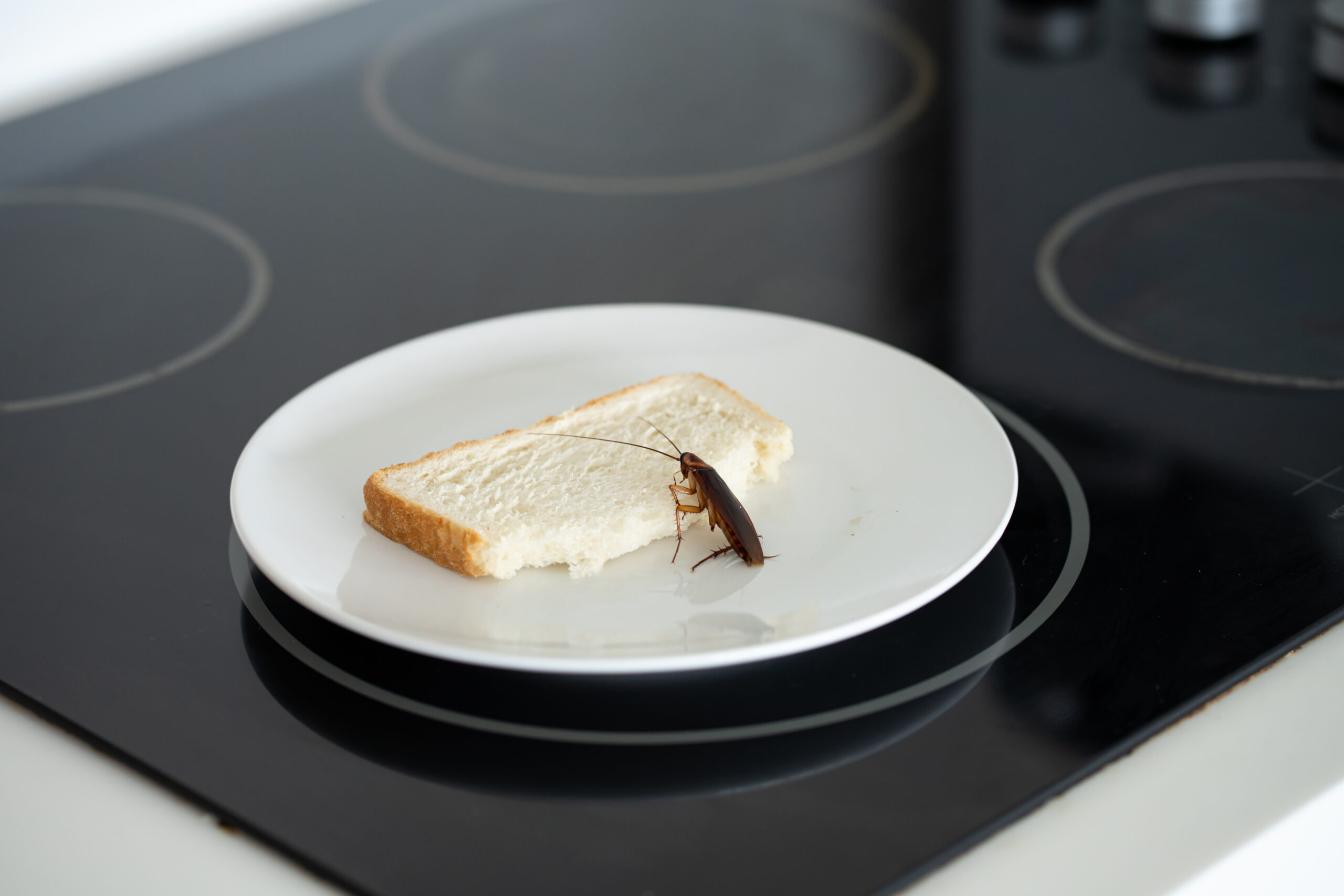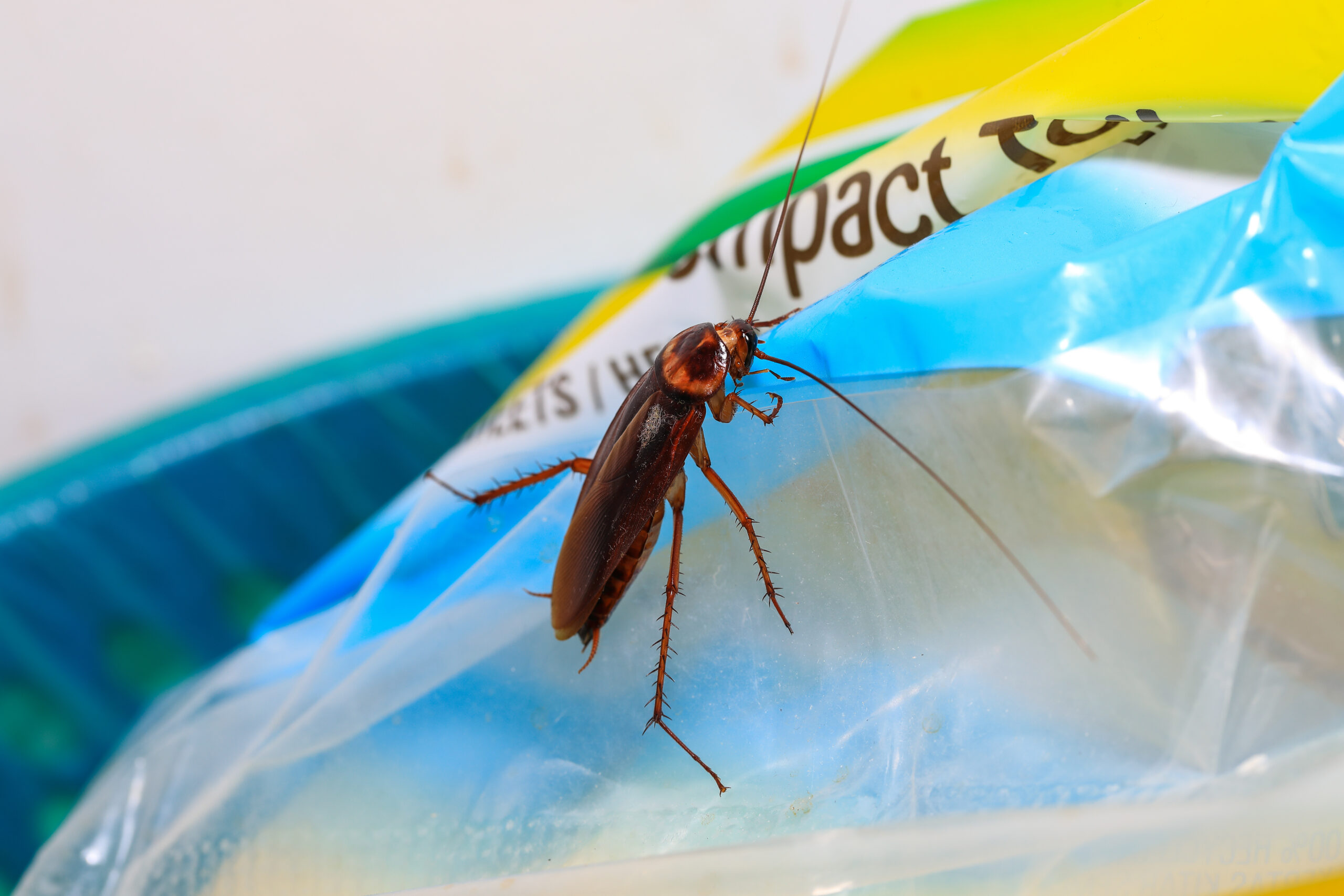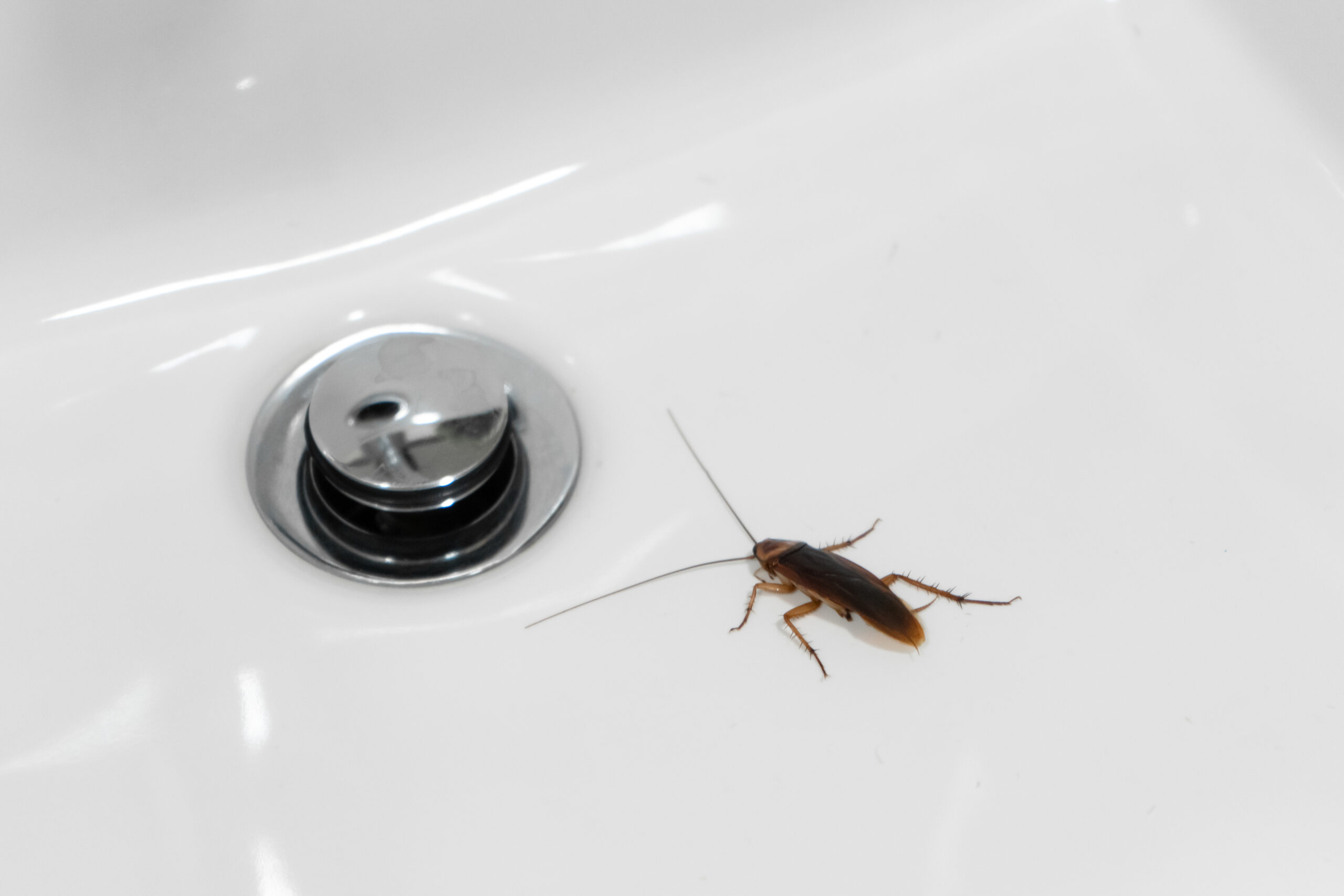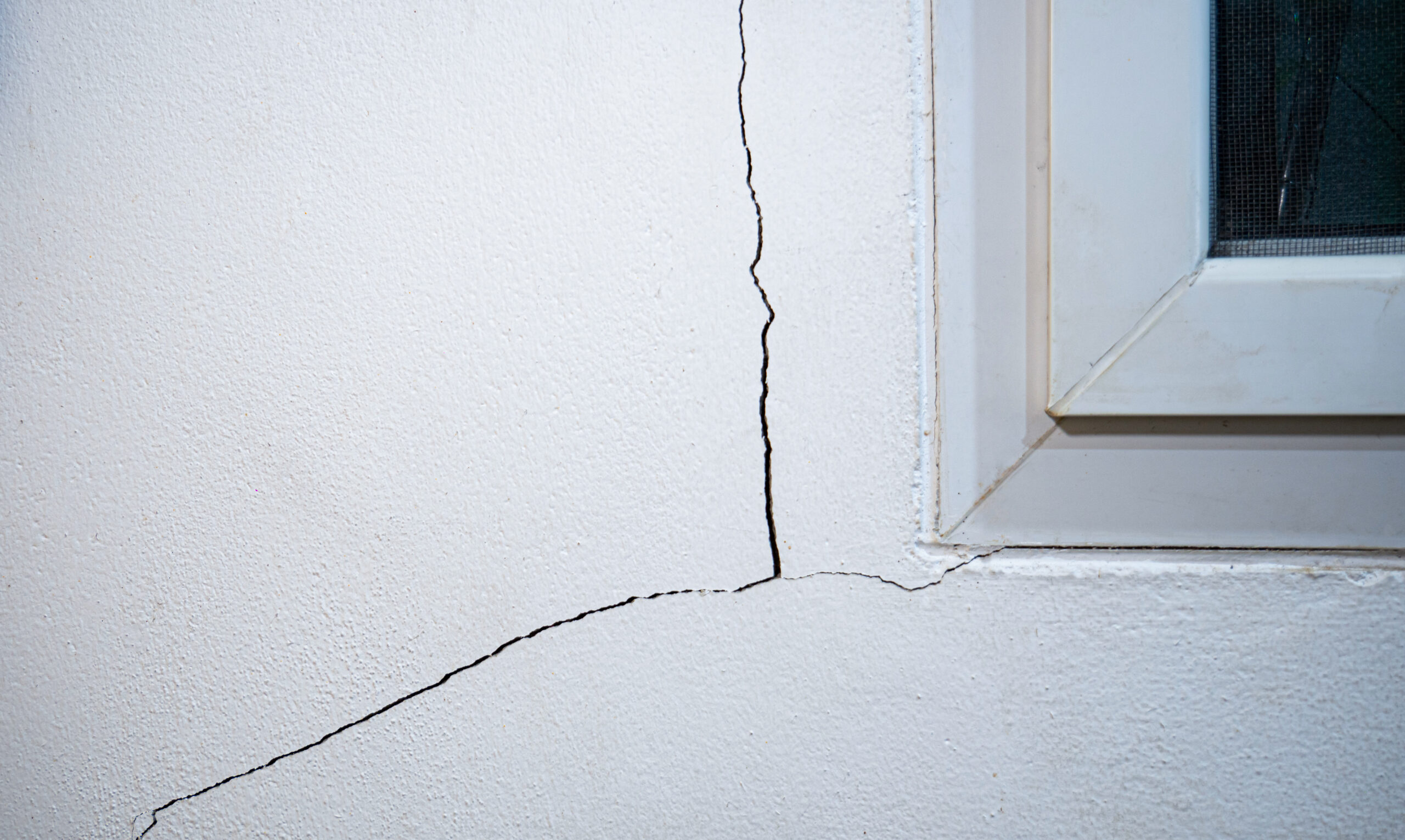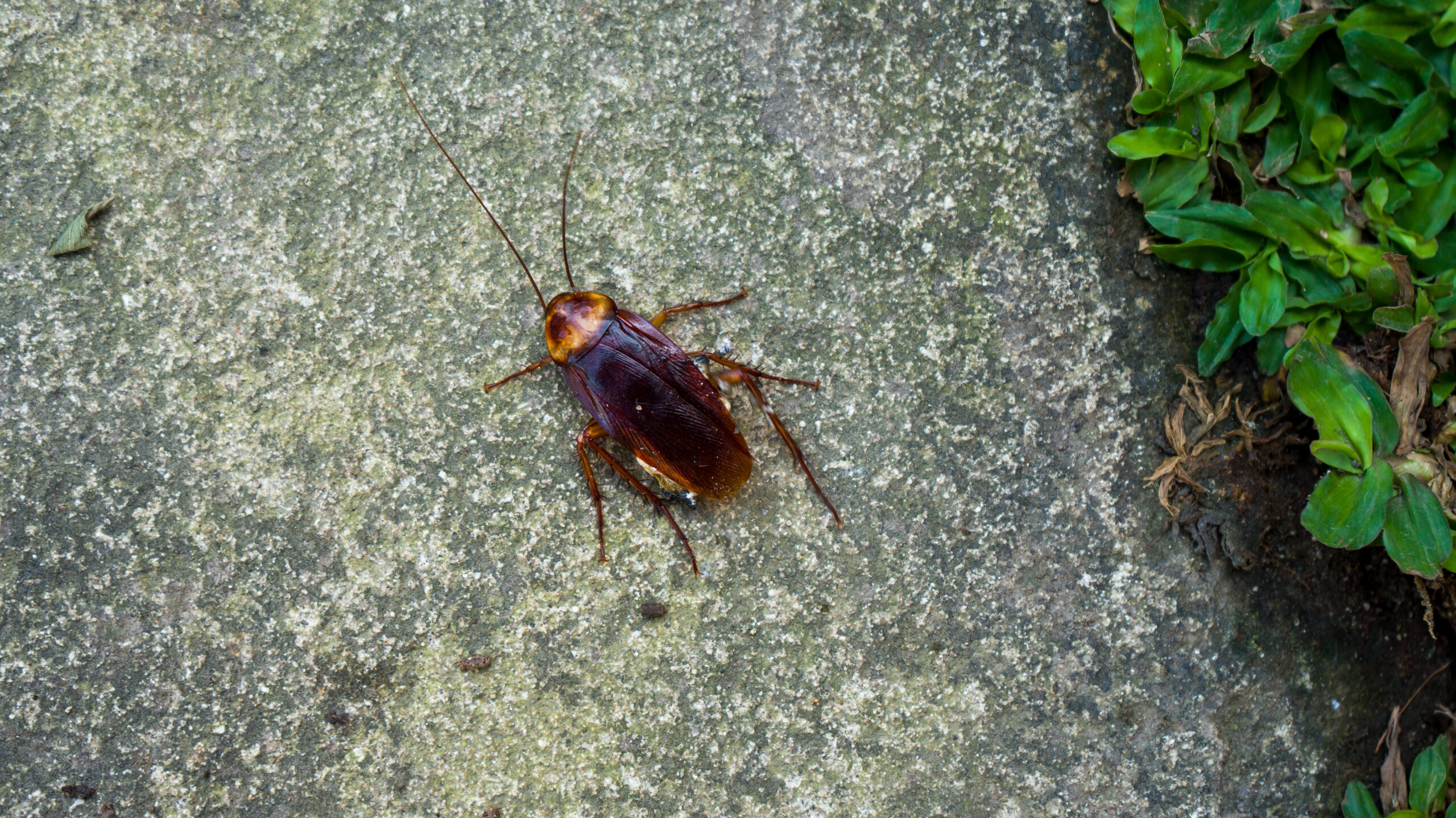Why Are There Roaches In My Clean Home?
Why Are There Roaches In My Clean Home?
Thanks to cartoons and comics, a common myth surrounding roaches is that they only invade abandoned or disgusting buildings. While it is true that roaches prefer to live in spaces that haven’t enjoyed the sanitization of an antibacterial wipe, they invade any house or building in sight. This determination is pretty frustrating for those of us who enjoy keeping a clean home. After all, what’s the point of doing our chores if roaches want to invade our homes anyway?
Rest assured, your cleaning habits are not going to waste! A tidy house is better protected against pests, so you are still actively working to prevent roaches from taking over your home. But it’s worth asking: what actually attracts roaches to a home? Let’s discuss the main reasons why roaches invade an otherwise clean home.
Food Sources
First, it’s time to dive into the main reason why most pests are intent on sticking around once they invade. Our food is appealing to all kinds of creepy-crawlies, especially roaches. These pests will eat everything they come across. Whether it’s crumbs under the fridge or an opened bag of cookies, roaches are happy to snack on any food source. They will even act as guides by leaving droppings to attract their roach friends to the same food source!
This habit prompts them to travel through some nasty places, including garbage dumps, bathrooms, and sewers. The harmful pathogens from these bacteria-filled places stick to roaches and are passed down to their young. A roach’s droppings, shells, legs, and eggs all contaminate every surface they touch. Some of the most common diseases they transmit are Typhoid fever, salmonellosis, dysentery, and plague.
Specifically, the most common food sources that attract roaches include:
- Random crumbs and spills
- Food remnants on dirty dishes
- Opened food containers
- Grease
- Sugary foods and drinks
- Meats
- Pet food
- Food stains on dirty laundry
Prevent & Protect
The best way to prevent roaches is to keep your kitchen as clean as possible. Clean up any crumbs and spills where they happen, and don’t let dirty dishes sit without at least rinsing them off. Make sure that any extra food from your cat or dog’s meal is cleaned up, and keep the bag of food stored in a secure container. Also, transfer any opened food to airtight containers with good lids to protect your baking ingredients and crunchy snacks from hungry roaches.
Exposed Trash
It’s no coincidence that roaches are seen scuttling around dumpsters and trash cans. They love the nasty substances that take up space in these receptacles. Since roaches are drawn to damp, dark places the most, they are right at home in an overflowing garbage can. They happily invade trash cans both indoors and outdoors, especially when the cans are full of food waste. Roaches even devour cardboard and therefore find plenty to love in the recycling bin as well.
General clutter attracts roaches because they can usually find reliable food and shelter within the mess. Whether the clutter is trash in a dumpster or a mess of boxes in the basement, roaches will make themselves right at home. Every cockroach enjoys the allure of trash, but one species consistently makes its home in the grimiest of places. American roaches stay in damp, dark places as much as possible. They only reproduce in such areas and try to avoid the light at all costs, so burying themselves in garbage is a common pastime of theirs.
Prevent & Protect
When it comes to trash, the best way to prevent roaches from finding it is to keep the garbage contained. Use strong trash bags in the indoor trash cans, and take them out as soon as they’re full. Don’t let the trash overflow because that is exactly what will attract the roaches. If any food substances splatter on the can, clean it up with a disinfectant wipe.
Excessive Moisture
Speaking of damp and dark spaces, roaches need extra moisture to survive. They cannot live in dry places for too long, so they’re always on the hunt for a damp place that will conceal their numbers. Their ideal habitat has standing water for the roaches to drink from. In a house, this can come from a leak, puddle, drip, or clogged drain. Roaches will even settle for overwatered houseplants, so don’t ket the water puddle up in your favorite plants!
Since roaches travel through sewers and crawl up into pipes and drains, they are often found in residential plumbing features. The sinks, showers, and bathtubs in our homes can act as the landing spots for these invasive critters if they make a successful journey. Roaches also prefer their damp habitats to be humid, which leads them to invade bathrooms, laundry rooms, and garages with poor ventilation.
Prevent & Protect
The solution for this one is pretty simple: don’t let any excessive moisture collect in the house. Check the pipes and drains for any leaks, and have any leaks repaired (professionally or personally) as soon as possible. Also, make sure every sink, tub, and shower drains properly. There shouldn’t be any standing water left after the water is turned off for a while, but gel clog removers are an easy fix for slow drains.
Cracks & Crevices
Like any other pest, roaches are desperate to get inside our homes by any means necessary. This determination leads them to search the exterior for any cracks, crevices, gaps, and holes that they can use. Roaches are larger than some other insect pests — averaging about 1.5 inches long — but they flatten their bodies to fit into tight spaces. Whatever it takes to get inside, the roaches will do without hesitation.
Any part of the house can develop wear-and-tear over time, but there are certain areas that may break down sooner than others. The exterior areas next to doors, windows, vents, and plumbing can develop gaps that go unnoticed by the house’s residents until some creepy-crawlies take advantage of the entry points. Roaches can hide for even longer because they would love to live entirely in the darkness. Since they have compound eyes that essentially give them night vision, roaches can lurk in the shadows as long as they want!
Prevent & Protect
There is one way to truly solve this issue. By taking away the hidden entry points, you subsequently shut out any roaches from entering your home. Inspect the exterior often for any new cracks, gaps, crevices, and holes. These imperfections can pop up after large storms or in extreme weather. Seal smaller cracks with caulk, and stuff larger gaps with steel wool before sealing the outside with caulk.
A Packed Yard
If roaches don’t invade through the drains, they can still get into a house by first infesting the yard. Every yard is different depending on the priorities of the homeowners. Some yards are perfectly manicured and look like a magazine cover, while others are filled with children’s play equipment and memories of long days spent outside. No matter what your yard looks like (we don’t judge), every season brings its own outdoor clutter. Leaves, twigs, fruit, and mulch make excellent food sources and hiding spots for roaches.
Our food isn’t usually found outside, but roaches still have plenty to eat in our yards. They feast on fungi, mulch, trash, fruit, and other insects. Roaches can travel for their food, but they prefer to live decently close to a steady source of nutrients. For example, a flower bed full of weeds is a great place for a family of roaches to hide while they scavenge for organic debris. Plus, as we mentioned earlier, roaches need excessive moisture and therefore seek it out in the yard. They are attracted to full plant drainage trays, gutters, and birdbaths for this reason.
Prevent & Protect
Your yard doesn’t have to look picture-perfect to stay free of roach activity. The goal here is to reduce the amount of natural clutter and extra moisture that would conceal a horde of roaches. By doing basic yard work — mowing the lawn, weeding, trimming branches, pruning bushes — you will prevent roaches from hiding in your outdoor space for weeks on end. Clear gutters and proper watering of the plants are also effective ways to prevent roaches, so give these areas a quick inspection during your yard work process.
Pointe Protects Against Rapid Roaches
Since roaches produce about 20 eggs at a time, an infestation is never out of the question once the first roach is inside the home. The best way to make sure that your roach problem is actually resolved is to address it with professional services, and there is no one better equipped for this than Pointe Pest Control. Our technicians are all highly-trained and experienced in solving pest problems as efficiently as possible. Between our thorough inspections and our effective treatments, we guarantee that we will have your home roach-free in no time. Contact us to learn more about how our environmentally-friendly treatments always put an end to ravenous roaches.
Citations
Cockroaches. (n.d.). Pointe Pest Control. Retrieved February 7, 2024, from https://pointepestcontrol.com/services/cockroaches/
Debunking 4 common cockroach myths. (n.d.). Terro. Retrieved February 7, 2024, from https://www.terro.com/articles/debunking-cockroach-myths
Hughes, M. (2023, June 2). How to keep roaches away and get rid of them in your home. Better Homes & Gardens. Available at https://www.bhg.com/gardening/pests/cockroach-prevention/ (Accessed on February 7, 2024).
Potter, M.F. (2018, June). Cockroach elimination in homes and apartments. University of Kentucky Department of Entomology. Available at https://entomology.ca.uky.edu/ef614 (Accessed on February 7, 2024).
The top 5 causes of a roach infestation. (n.d.). Zap. Retrieved February 7, 2024, from https://www.zappest.com/about/our-blog/top-5-causes-roach-infestation
Waterworth, K. (2022, November 14). Early signs of a cockroach infestation. Forbes Home. Available at https://www.forbes.com/home-improvement/pest-control/signs-of-a-cockroach-infestation/ (Accessed on February 7, 2024).
Request a Free Quote Today
(We do not share your data with anybody, and only use it for its intended purpose)

